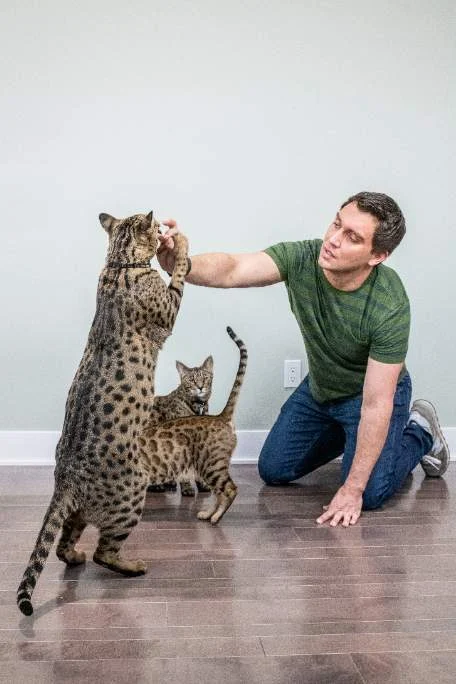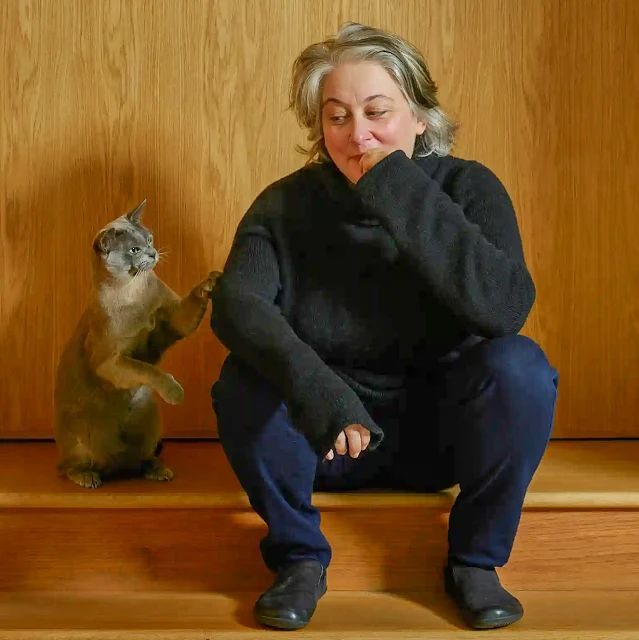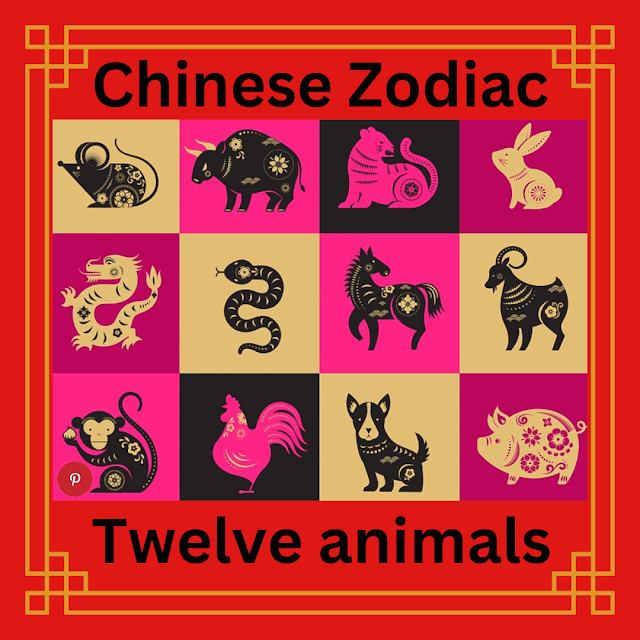New Zealand's Ministry of Education encourages children to kill non-native mammals including cats which they label 'pests' (yeh, not 'pets'). It is state sanctioned animal abuse and the abusers are indoctrinated kids. Horrible.
In an astonishing conclusion to his lengthy analysis, Michael C Morris of the Royal Agricultural University, concludes that "even the Ministry of Education resources, encourage children to kill non-native mammals, show them how to set traps, and emphasised to teachers how they need to impress on children the importance of eradicating pests."
.png) |
| New Zealand's state sanctioned animal AND CHILD abuse by indoctrinating kids to kill non-native species. Image: MikeB |
Other organisations in New Zealand including four government agencies, three conservation NGOs and one education NGO, promote the killing of non-native species by children.
"Non-native" means a species of animal which has not evolved in the country concerned. The domestic, stray and feral cat in New Zealand is a non-native species. It is therefore an alien species and regarded as a pest by New Zealand's authorities despite the fact that there are many cat loving care givers with cat companions in that beautiful country.
Shame, therefore, that despite being visually beautiful, the mentality of the Ministry of Education is far from beautiful and indeed quite ugly.
All the organisations promote trapping and poisoning to eliminate feral cats and other non-native species. The objective? To preserve biodiversity. To conserve native species because feral cats are very good hunters.
Shockingly, no consideration whatsoever, according to Mr Morris, is given to alternatives "such as changing human activities, non-lethal contraceptive or gene drive techniques, more localised and targeted pest control or translocation techniques such as Operation Nest Egg."
Mr Morris has not mentioned a very well-established alternative with respect to feral cats namely TNR which is widely practised in America where they, too, have a feral cat problem.
TNR is simply not on the radar in New Zealand. Well, it might be in the minds of some decent citizens of New Zealand who want to help feral cats but it is not in the minds of the country's administrators.
New Zealand introduces words such as "war" and "invasion" to describe the "pests" that are the feral cats in their country. For me, it is the feral cats who are the victims as much as the native species upon which they prey.
The feral cats of New Zealand were introduced to the country as is the case in Australia by immigrants to the country bringing domestic cats with them and allowing those cats to return to the wild and procreate.
The back story, the root of the problem, is not the feral cat which is the 'messenger' of the bad behaviour of humans.
It appears that New Zealand is unique in mandating and encouraging children to kill non-native species which are perfectly good and decent animals. It is entirely inappropriate to single out non-native species as a target for eradication. It's a happenstance due to human carelessness that they are non-native and feral.
For the state to encourage children to kill animals is a form, in my opinion, of state sanctioned child abuse.
It is indoctrinating them to believe that the cute possum or the cute feral kitten is an enemy of New Zealand. These children probably love the sight of cute possums. That is their natural instinct. And then, the Ministry of Education reprograms their brains to think that they are pests to be killed. It is simply unacceptable.
There are studies which have found a causal relationship between children who've witnessed animal abuse to then being more likely to be animal abusers themselves.
If the children are animal abusers (which is what this program makes them), they are certainly more likely to become animal abusers and even human abusers when they are adults.












.jpg)










.png)

.png)



